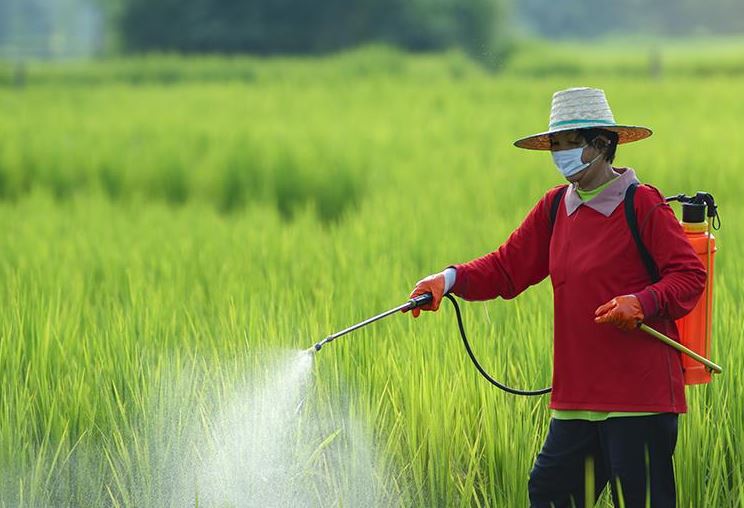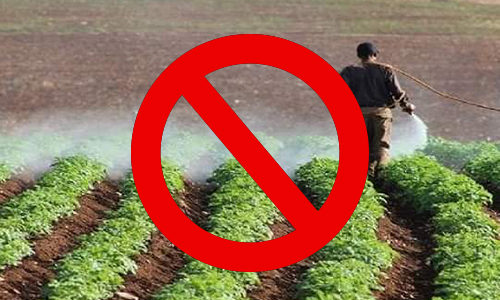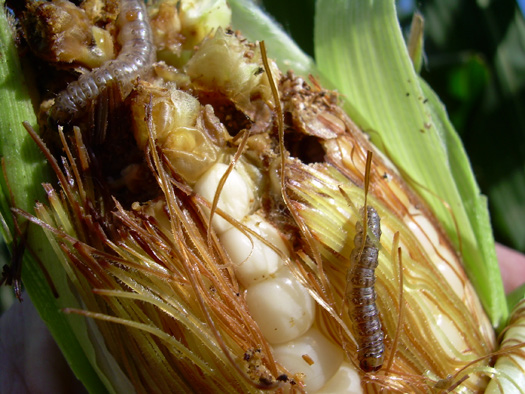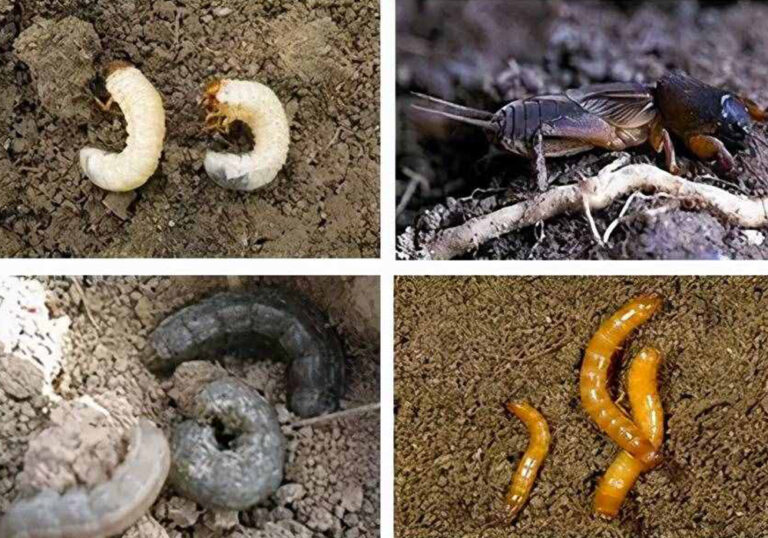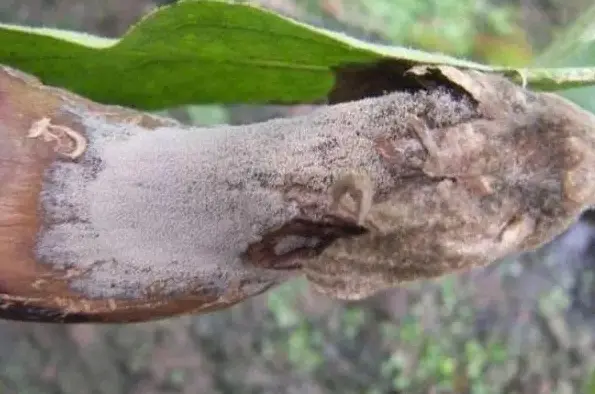An Introduction to Thrips and the Damage They Cause
Thrips, also called thunderworms, are tiny insects belonging to the order Thysanoptera. Despite their small size (often less than 1 mm in length), they are notorious for causing significant damage to crops worldwide. These pests are especially problematic for farmers because they have piercing-sucking mouthparts that extract nutrients from various plant tissues. As a result, thrips cause stunted growth, deformed leaves, reduced crop yields, and economic loss to farmers.
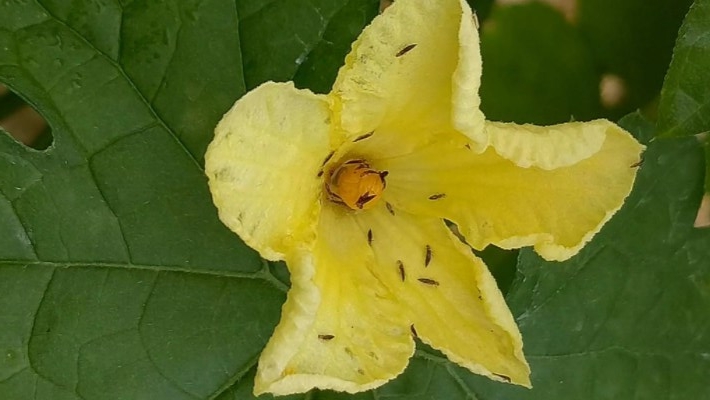
Thrips damage to crops
Thrips damage is most noticeable in young seedlings and developing fruit. The feeding activity of thrips causes silvery or bronze streaks on the leaves, called “silver streaks,” which reduce the plant’s ability to photosynthesize efficiently. In severe cases, affected leaves may dry out and fall off prematurely. When thrips infest fruit, their feeding can cause scarring and distortion, making the produce unattractive and unmarketable. Additionally, thrips can spread plant viruses, further compounding the damage they cause.
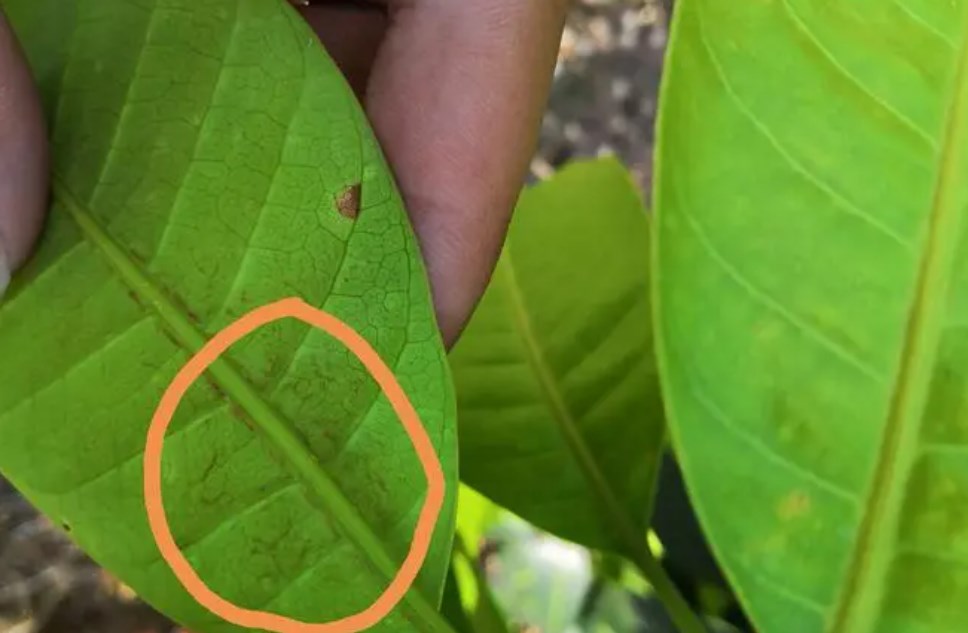
How to Control Thrips
Proper thrips control is critical to safeguarding crop health and maximizing yields. There are various methods of managing thrips infestation, including the use of chemical and non-chemical control methods. To effectively control thrips, it is important to employ an integrated pest management (IPM) approach that combines various strategies.

Cultivation Control:
One of the first steps in thrips control is the removal of thrips-infested weeds, which are alternative hosts. Farmers should also promote healthy plant growth by providing adequate nutrient levels and avoiding water stress. Physical barriers such as mulch or reflective material can be used to keep thrips out of crops.
Biological control:
Thrips have natural enemies, such as predatory mites, ladybugs, and lacewings. Introducing these beneficial insects into the environment can help control thrips populations. Additionally, biological control can be further enhanced using insect plants that attract these natural enemies.
Chemical control:
Insecticides may be required when thrips populations reach damaging levels. Choosing the right pesticide is critical to minimizing hazards to non-target organisms and human health. Follow label directions carefully, and consider using insecticides that are less toxic to beneficial insects. It is important to rotate between different chemical classes to avoid development of resistance in thrips. In conclusion, thrips pose a major threat to crop health and yield. Integrated cultural, biological and chemical control methods can effectively manage thrips populations and minimize crop losses. By implementing sustainable thrips control practices, farmers can protect their crops and ensure sustainable agricultural production.

